Gardener's Tricks - How to Grow Daisies from Seeds
In some countries, daisies are considered the flowers of love. On their petals, young beauties wonder whether their future betrothed loves them. The daisy is considered a plant of love, purity and innocence.
Content:
- Description of the flower
- The best varieties to grow
- Seed and soil preparation
- Planting seeds
- Seedling care
- Application
Description of the flower
These plants are widespread in Western Europe and the Mediterranean countries. In nature, scientists distinguish about 15 species of daisies. In horticulture, two types are used: annuals and perennials (Bellis Annua, Bellis Perennis). Annual species are suitable for growing in pots. Perennial crops are planted in gardens, with flowers getting smaller every year. By the daisies, you can learn about the imminent rain, their flowers close and drop to the ground.
The plant reaches a height of 20 cm, resembles a small herbaceous bush.
The stem is glabrous, has no leaves. At the base of the root, there are elongated leaves that end in blunt ends. The root is very short. The receptacle is cone-shaped. Flowers come in white and pink shades. Daisies form a large number of inflorescences and resemble a basket. There are two types of inflorescences: tubular and reed.
In order for daisies to please the eye with their constant shape and size of flowers, it is necessary grow them as biennial cultures. Bloom in April-May.
The best varieties to grow
Description of popular varieties:
- Habanera. This variety differs in that the double inflorescences reach more than 6 cm in diameter. Rare petals look like an openwork, light pattern. The stem reaches 15 cm in height. Inflorescences: red, white (with red tips) and pink.
- Speedstar. The variety is characterized by its flowering, immediately, in the year of sowing - does not need a state of winter dormancy. The flowers are semi-double, with a bright and memorable yellow disc. Inflorescences: pink, carmine, white. Plant height - 13 cm. Pink terry baskets have a white disc border.
- Tasso. The petals look like tubes, terry inflorescences are collected in the form of dense pompons. The diameter of the flowers is 4 cm. This is a modern variety, which was bred taking into account the bright and dense inflorescence. Winner of the Floroselect organization. The height of the plant is 15 cm.
- Robella. Differs in an unusual pink-salmon inflorescence. The diameter of the flower is 5 cm. The height of the plant is 18 cm. The Floroselect organization awarded this variety the first place.
- Rominetto. Very small flowers up to 2 cm in diameter. Inflorescences: white, carmine, pink and red. Reaches a height of 15 cm.
- Bellissima. The diameter of the flowers is about 5 cm, dense double inflorescences. Stem height - 12cm. Flowering occurs in the first year. Flowers: red, white, pink bicolor with dark edging.
- Belladaisy. Early flowering up to 120 days from the moment of sowing, pink flowers with a diameter of 2.5 cm.The stem height is up to 10 cm.
Modern varieties of daisies are diverse and resistant to the environment.
Seed and soil preparation
Daisies reproduce well with seed both purchased and assembled independently. However, it is not recommended to collect seeds from hybrid plants, since varietal accessories (color, diameter of inflorescences, etc.) are subsequently lost.
Daisy seeds do not require special preparation.
Before planting, the soil is warmed up and eliminated with the help of herbicides weeds... The soil is loosened to the depth into which they will be placed the seeds... This is necessary for improved plant ventilation. They also remove small debris from the soil.
These manipulations are applicable to sowing many flowers. As for daisy seeds, a moist substrate with an acidity of the medium up to 6.2 units and a low salt content is required. Thus, preparing for planting daisy seeds does not require a lot of effort.
Planting seeds
Seeds after processing, they are sown in the soil in spring, after it warms up. Since the temperature at which the seeds "hatch" is 21 degrees. The first shoots of daisies can be expected to sprout no later than 2 weeks. So, growing daisies from seeds takes experience and time.
Sunlight is essential for seed germination. So, it is better to sow them superficially, and sprinkle with the necessary amount of sand and loosened humus. A common mistake inexperienced gardeners make is deep landing, due to which sunlight does not penetrate to the seeds, and as a result, they die. However, some gardeners resort to one trick. By irradiating the seeds with a specific red spectrum at 660 nm for about 3 hours, the seeds can be planted without calculating the depth (of course with a reasonable limit).
After planting on the surface of wet soil, the soil is covered with a plastic bag or film, for a period of 2 days.
Then, the film is removed and the seeds are sprinkled with a layer of sand or humus. In this way, activation of seed growth can be achieved. After sowing, the soil is covered with black polyethylene so that it warms up and maintains a constant temperature regime.
Picking produced after 14 days. They monitor the moisture so that neither the sprouts nor the seeds dry out. Transplantation to a permanent place is allowed after 30 days (most often it is September). The distance between the shoots is 20 cm.There is no sense of planting before June, since bloom may begin by autumn and many of the sprouts will die.
Seedling care
Gardening Tips:
- Dryness of the soil is not allowed, controlled watering... If the soil is dry, then the flowers of the daisies will begin to shrink and stop blooming altogether. After watering or light rain, the soil must be carefully loosened and the rhizome should not be affected.
- During the season, they produce three times top dressing mineral complex (April-July-August).
- To increase the flowering time, old dried flowers are torn off so that new ones are formed.
- In autumn, cover the plants with peat 8 cm. This is done to eliminate injury to the rhizomes of daisies. In addition to changing weather conditions, an unsuitable soil structure also affects.
- Daisies are resistant to disease, but not to pests... Therefore, so that the leaves are not devoured by slugs and caterpillars, prophylaxis is carried out with the drug "Hom". In winter, rodents can spoil the plant.
By the summer, you can find smaller inflorescences. This indicates a viral disease... It is no longer possible to help the plant, so it is removed from the root and the surrounding soil.
In addition, daisies can suffer from powdery mildew.
The sprouts are removed or treated with a fungicide. Daisy care is essential.
Application
First of all, daisies are used as a decorative decoration for the garden. Create beautiful carpets flower beds, pots that decorate balconies. Spring bouquet can be unforgettable with the addition of daisies, daffodils and tulips.
In cooking, daisies are used to prepare vitamin salads, along with nettles and spinach. It is useful for normalizing or speeding up metabolism. Pickled daisy buds with tarragon are added to soups and main courses. The petals can be used to decorate snacks and salads, and it will also be very beneficial for the body.
In pharmacology, daisy inflorescences and leaves are harvested for many drugs.
The collection of plant parts occurs at the peak of flowering, closer to August. It is necessary to store only in a bag way for up to a year. Open or gas drying is unacceptable, as the positive properties of the daisy are lost. Drying is carried out in ventilated rooms: balconies, attics or attics. The optimum temperature is 35 degrees.
More information can be found in the video.



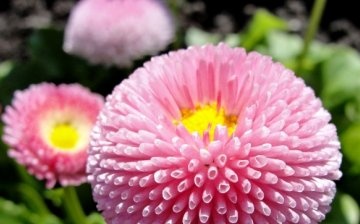
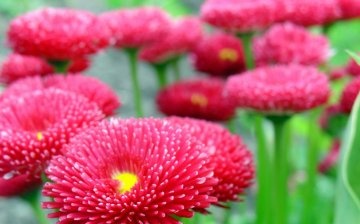
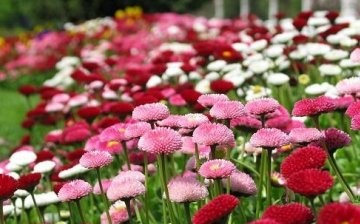
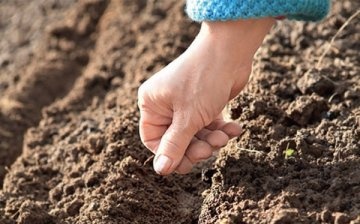
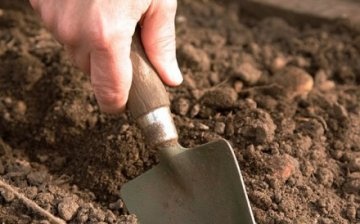
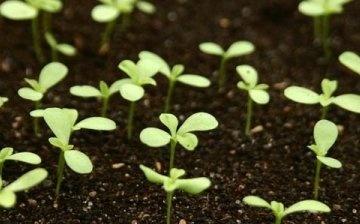
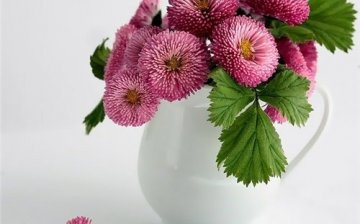







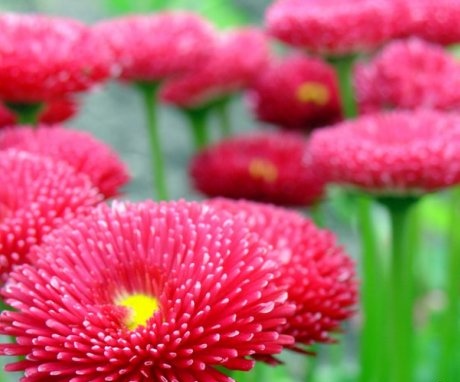
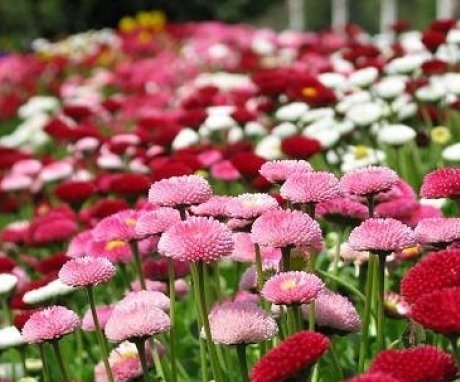
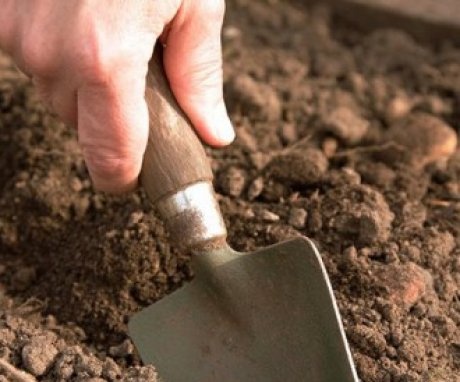
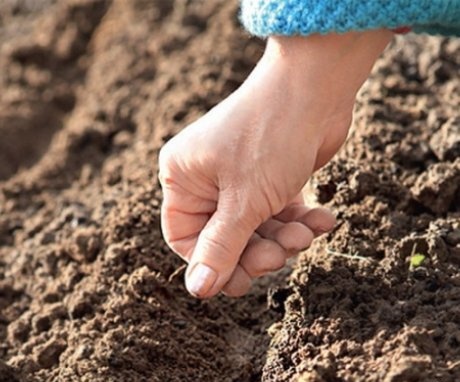
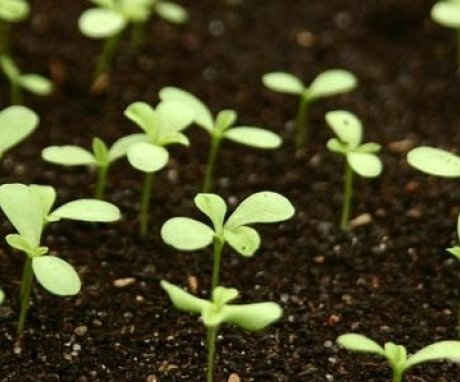
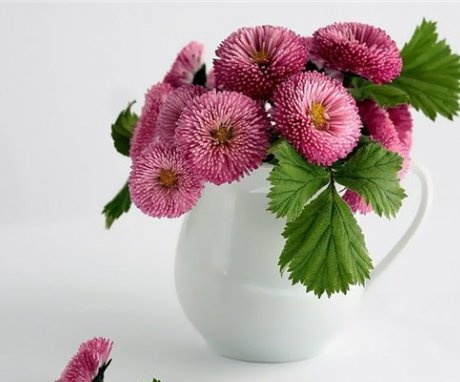
I really like daisies and have been trying to grow them from seeds for more than one year. I don't know what the reason is, or bad seeds come across or I did something wrong, there is no result yet. I really hope that after the tips that I read in your article, I will succeed.